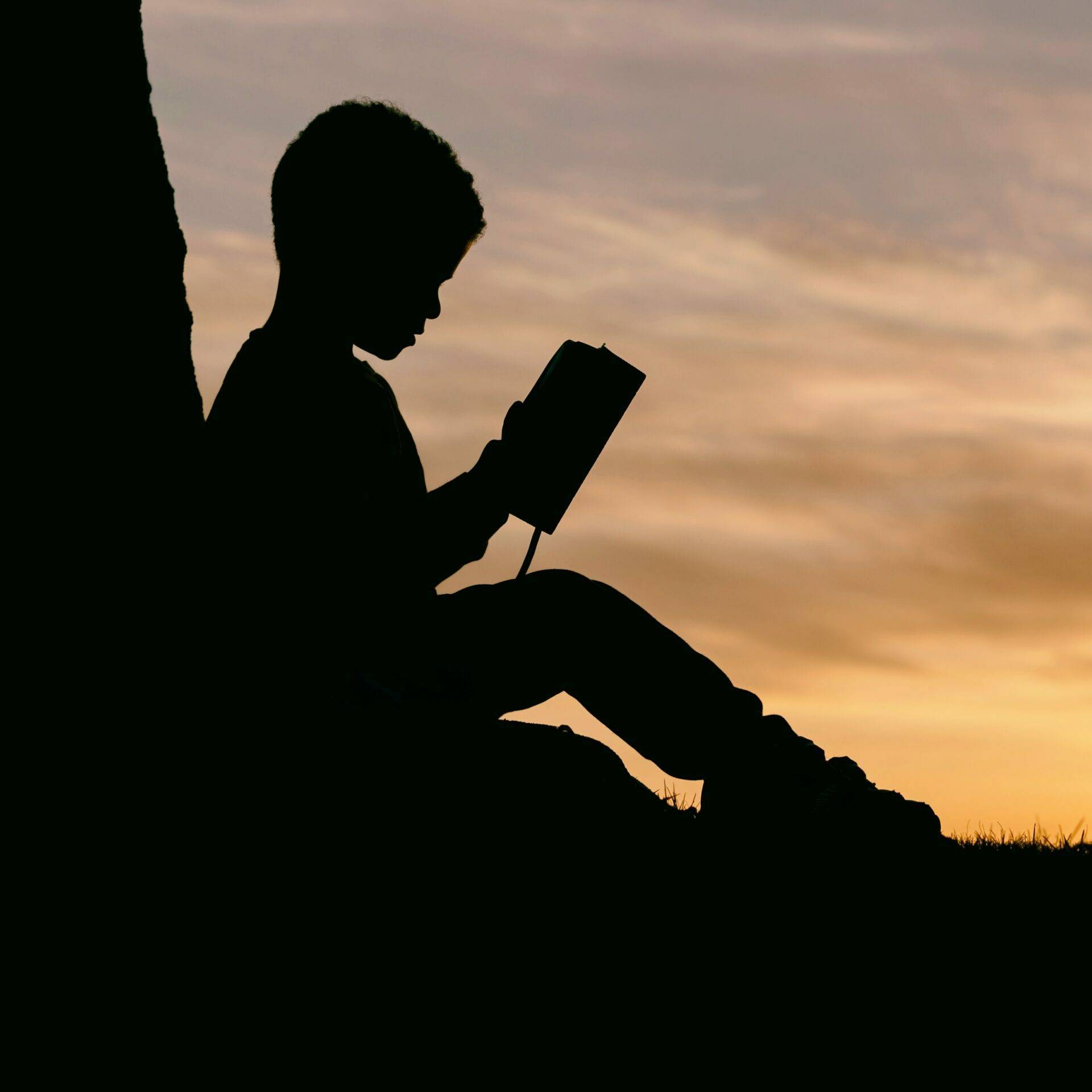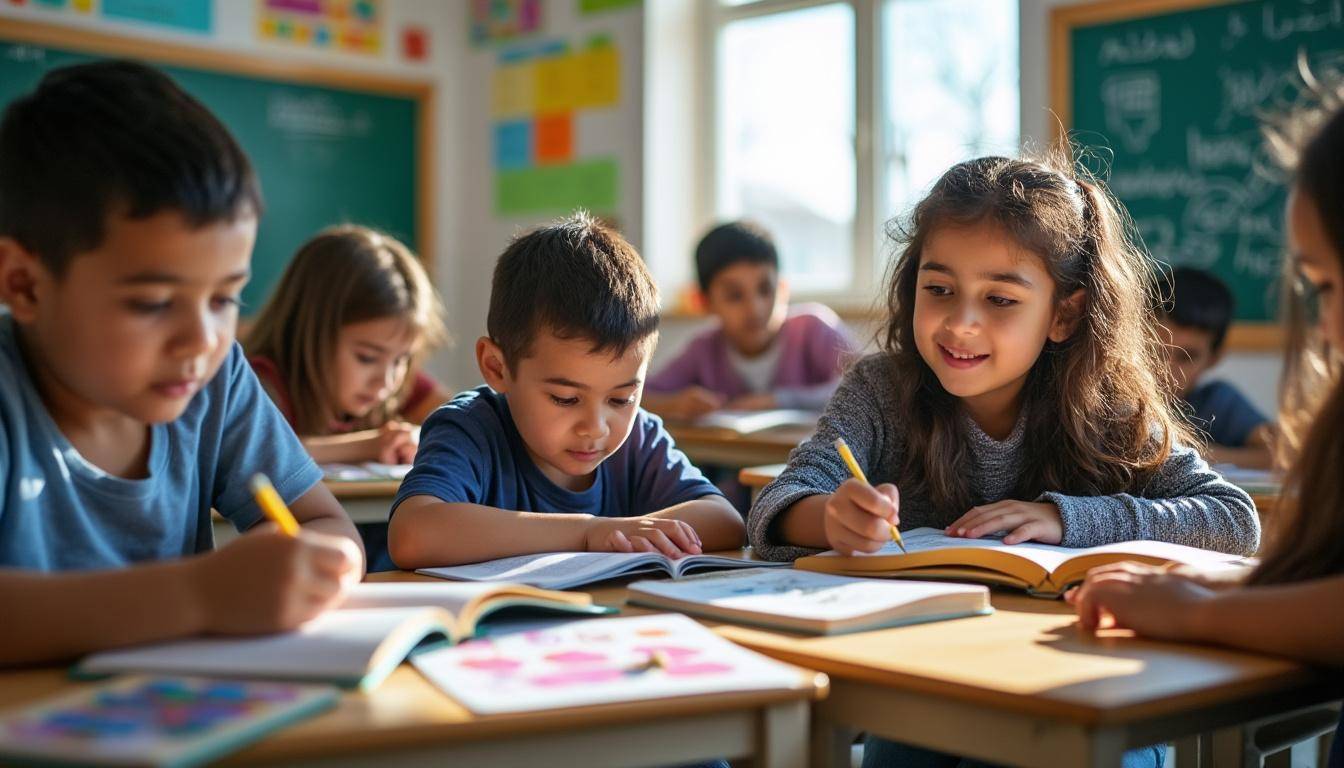Rebuilding Gaza’s Educational Foundations: A Beacon of Hope Amidst Trauma
The recent ceasefire in Gaza has brought a fragile peace, but the shadows of war linger heavily over its youngest residents. Education stands as a vital path to restoring normalcy and hope for approximately 600,000 schoolchildren profoundly impacted by years of conflict and loss. As the bombs have paused, the urgent task is to repair not just physical structures but the very spirit of learning for children grappling with profound trauma.
- Education is more than academics: It offers psychological rehabilitation and a sense of structure in chaotic surroundings.
- Access to basic supplies: Pens, notebooks, and books—scarce commodities in Gaza—are crucial tools for learning and resilience.
- Community initiatives: Volunteer-led efforts, even in tents with scarce resources, prove the determination among teachers and students alike.
- International support: Organizations such as UNICEF, Save the Children, and Education Cannot Wait are pivotal in backing educational recovery.
Education Amidst Adversity: Overcoming Resource Scarcity in Gaza
Before the recent escalation, schools and educational centers in Gaza were already under strain, with many facilities suffering direct damage during the conflict. In makeshift classrooms, such as tents organized by local volunteers, children often sat on the floor without desks. The scarcity of basic writing materials, like pens and paper, presents daily challenges that severely hinder the learning process.
- Soaring costs of supplies: Notebooks became unaffordable for many, costing upwards of $6 to $9 each.
- Creative solutions: Teachers encouraged oral recitations, storytelling, and group-singing to compensate for lack of writing materials.
- Community solidarity: Sharing of scarce resources like pens between students reflects a collective spirit amidst hardship.
- Preserving educational dreams: Educators, inspired by the children’s resilience, go to great lengths, including sacrificing their own resources to support learning.
These strategies illustrate the incredible perseverance of Gaza’s youth and educators, who strive to nurture education as a refuge from war’s devastation. The role of organizations such as Relief International and the Norwegian Refugee Council is crucial in addressing these resource gaps.
Healing Through Learning: Mental Health and Psychosocial Support in Education
The trauma experienced by children in Gaza due to prolonged exposure to violence necessitates education systems that do more than teach fundamentals. They must also support mental health and psychosocial recovery. Education provides the stability and routine necessary to counteract feelings of fear and insecurity.
- Psychosocial support programs: Incorporating counseling and emotional support within schools helps students process trauma and builds resilience.
- Safe learning environments: Ensuring that schools remain accessible and secure offers a sanctuary from external stresses.
- Trained educators: Teacher training focused on trauma-informed practices improves the ability to assist students effectively.
- Collaborative action: Partnerships with agencies like CARE International and World Vision ensure that such support programs are sustainable and culturally sensitive.
As the children learn to regain their confidence and envision a future beyond the conflict, education serves as a powerful therapeutic tool. The involvement of organizations like War Child and UNESCO is instrumental in restoring these critical aspects of education with a human-centered vision.
Strategies for Rebuilding Gaza’s Educational Infrastructure and Capacity
The war has not only displaced families and destroyed buildings but has also disrupted teacher training and educational governance. Long-term recovery depends on comprehensive plans addressing these systemic challenges.
- Infrastructure rehabilitation: Rebuilding schools with durable facilities to withstand future shocks.
- Teacher capacity building: Professional development programs to equip educators with skills to handle crisis-induced challenges.
- Equity considerations: Addressing inequalities to avoid marginalizing vulnerable groups, including girls and children with disabilities.
- International cooperation: Leveraging support from entities such as Plan International and UNESCO to ensure inclusive education strategies.
Policy makers and humanitarian actors must work together to put in place sustainable systems that reflect Gaza’s unique realities. This holistic approach is essential to prevent a lost generation and rekindle aspirations for learning and growth.


